Our US correspondent takes the Canyon Strive CF 7.0 for a tour of the UK. Would this shapeshifter bike serve all his bike needs in one?
The Canyon Strive CF 7.0 takes the moniker quiver-killer to heart and offers up a 125mm trail bike for climb mode and a 150mm enduro bike for descents. While every do-it-all tool operates with some compromises (the Strive’s 160mm Lyrik and enduro burliness isn’t morphing), the Strive checks most of the boxes for what you desire from a trail bike when you are actually a gravity slave at heart. The Strive does this with a unique pneumatic piston which relocates the shock rocker pivot (more on that below) that acts to reduce the travel, raise the BB and steepen the head and seattube angle when in trail mode. Like I said…check, check, check, check. Combine that versatility with a burly and value driven component selection, direct to consumer sales and for under £3000, you can own one bike eager to rule them all.
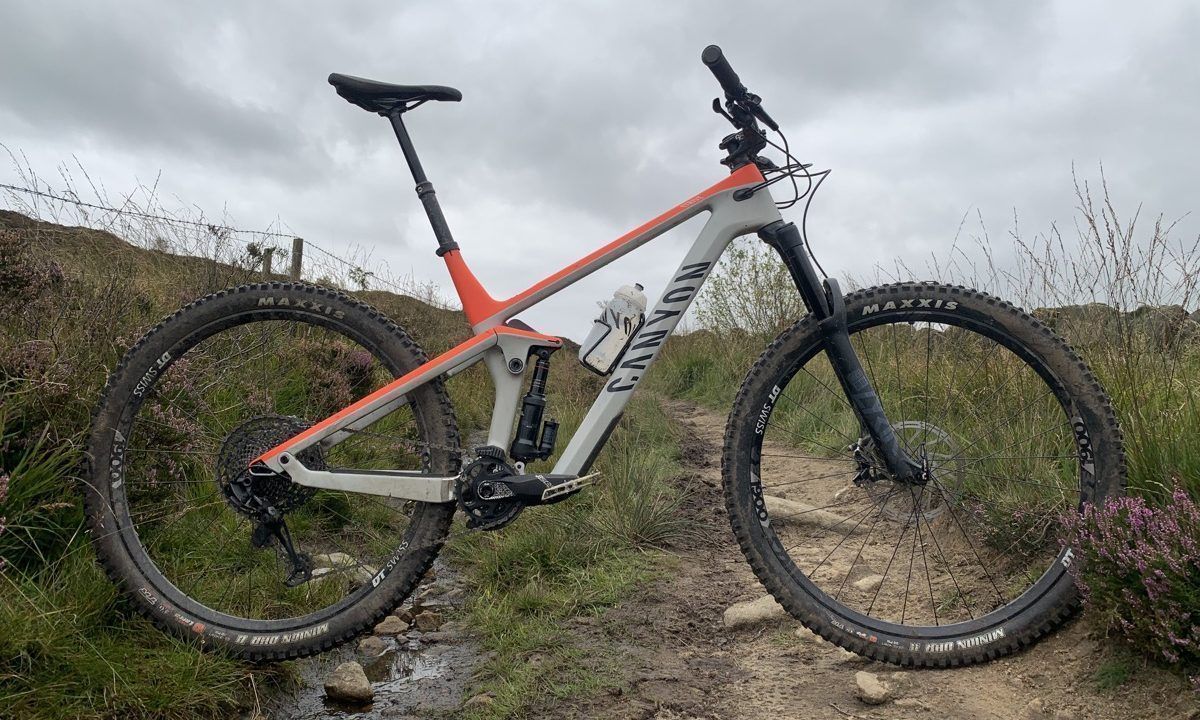
The Bike
The Canyon Strive frame is your usual fantastic plastic (simply “Carbon” on the website) jobber with oversized flat angular carbon structures erring on the side of durability and stiffness. Strive frames of all sizes spec a 435mm chainstay and the XL size tested has a thoroughly modern reach of 500mm with a 150mm travel enduro mode head tube angle of 66°, seat tube of 73.5° and BB drop of 36mm. In 125mm trail mode the head tube steepens to 67.5° and the seat tube to 75°. The Canyon website doesn’t list the BB height nor reach change in trail mode, though it seems that both change by about 10mm. The Horst-like 4 bar provides brake isolating suspension, though with the higher chainstay pivot, the axle does not have as much rearward movement as a true Horst, resulting in less anti-squat than FSRs or many other true 4 bar suspension bikes as of late. That might be problem, resulting in a mushy pedal feel as the axle moves toward the BB under compression, if it weren’t for that fancy Shapeshifter, which acts to move the upper shock pivot – decreasing the leverage ratio and increasing progressivity in trail/climb mode.
About that Shapeshifter. There’s really nothing like it on the market though Scott and Cannondale have attempted similar, and Bionicon has a set up that depends on a custom shock and fork. The Shapeshifter, however, functions by simply and substantially changing the bike’s characteristics and using off the shelf suspension. With lever actuation, the change occurs the first time the bike is unweighted (trail) or compressed moderately (enduro). The combo makes it truly a two class bike: an over forked trail bike; and, moderate travel enduro sled. Essentially, the Shapeshifter is a two position pneumatic cylinder that acts on the shock’s upper pivot, pushing or pulling it away from the rocker link. If pushed away…trail mode…the bike is jacked up, taller, with reduced travel and steepened angles. If compressed to enduro mode, the cylinder drops the bike into slacker territory, while upping the travel and the leverage ratio to a still very reasonable 2.5:1 (from a ridiculous low of 2.08:1 in trail). The 2.5 ratio enduro setting, complimented by slightly progressive kinematics, makes the bike handle the rough stuff without seeming like an XC bike that has to survive enduro mode while being understroked (200X Rocky Mountain’s, I’m looking at you). So, rather, what you have here is an enduro bike base that mods the front end geo and suspension to give you climbing prowess, with no sacrifice when dropping in.
The 7.0 level components are a mix of adequate, serviceable and worth it, which is to say they are unremarkable, yet sufficient, for the most part. Standouts include the Lyrik fork and ubiquitous DT Swiss E1900 straight pull wheels (the Canyon Quixle thru axle was simple and reliable), both of which were unflinching and performed exactly as you would hope. The 11-50T Just-Call-It-Eagle GX drivetrain was similarly without bother, despite three hanger straightenings (just look at it!) and lots of mud riding.
I liked the 165mm cranks, 20mm rise 780mm bar and 35mm wide stance house brand stem, which together with the large frame shapings gave it a low stocky look and feel. Weak points are present in any budget spec and here can be found in the Maxxis EXO tyres (not EXO+ for durability) and Guide R brakes. These were rather at odds with the rest of the bike’s intentions, which are further evidenced by the eThirteen bash/chainguide and large can Super Deluxe Select R shock, both which said “let’s smash some laps”.
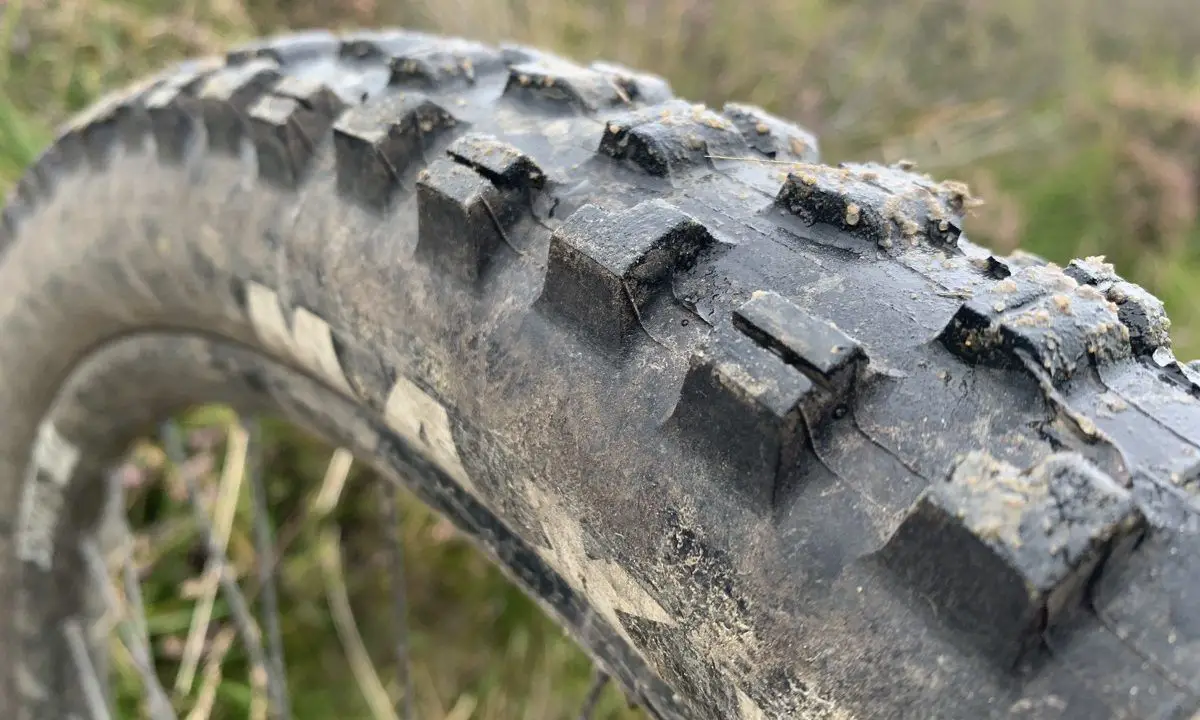
What can I say about Minion EXOs? Great traction, but weak and balloony, I ran them at 30/35psi and still pinch flatted and destroyed them – though my friends would tell you this is typical for me on anything other than a dual-ply casing and is part of the reason why they don’t loan me their bikes. I might say I ride hard, others might say I am a galoot. Grips and saddles are personal matters, but personally I think there was little effort and padding with the house brand grips and the SDG thin, light, cheap (pick three) perch. You’ll probably upgrade those to suit you the first time they suffer a shred, so no biggie, but you shouldn’t have to upgrade the dropper post which, while the lever integrates well with the Shapeshifter controls, leaves lots to be desired for us XL riders with only 150mm travel. And, speaking of levers, with a bell on the left, I ended up with five controls on that side, not impossible to manage, but only workable with certain bells and lever positions.
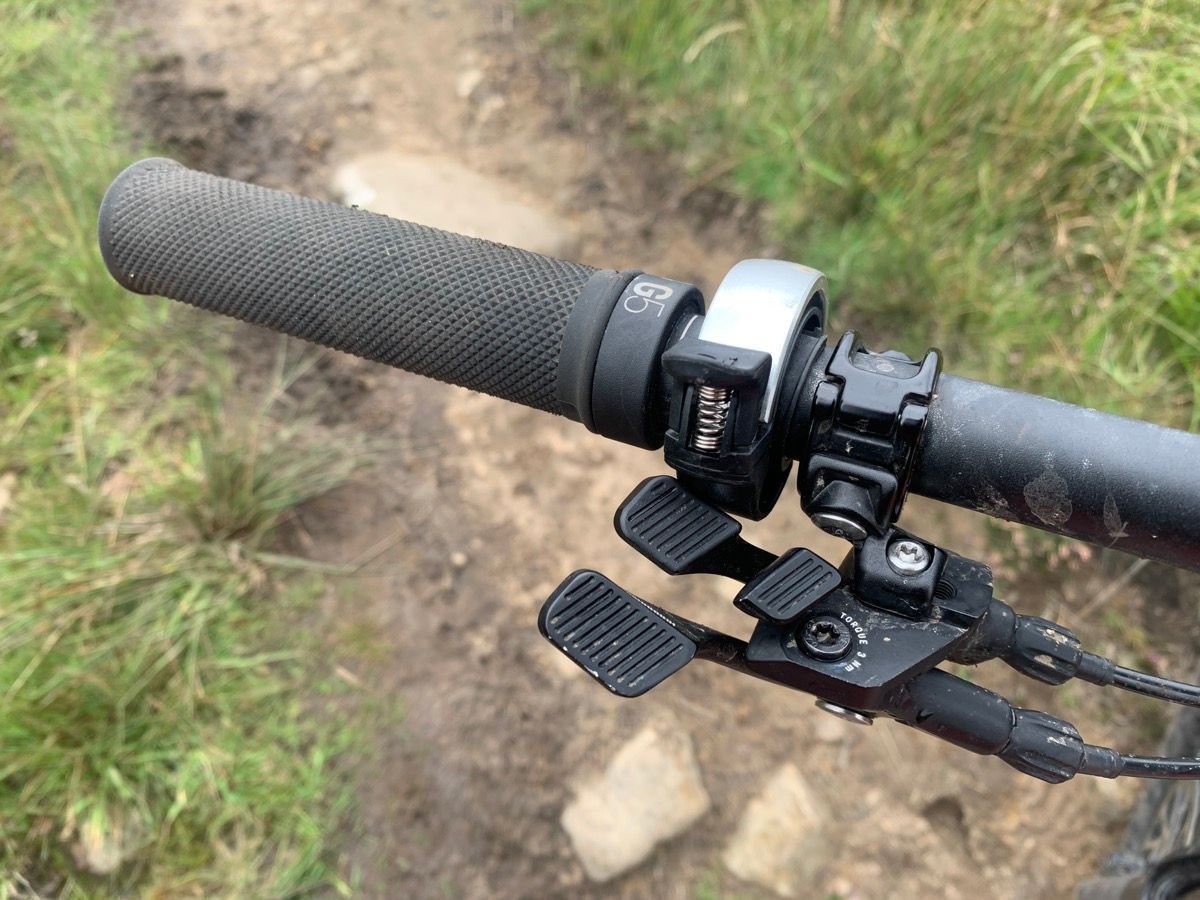
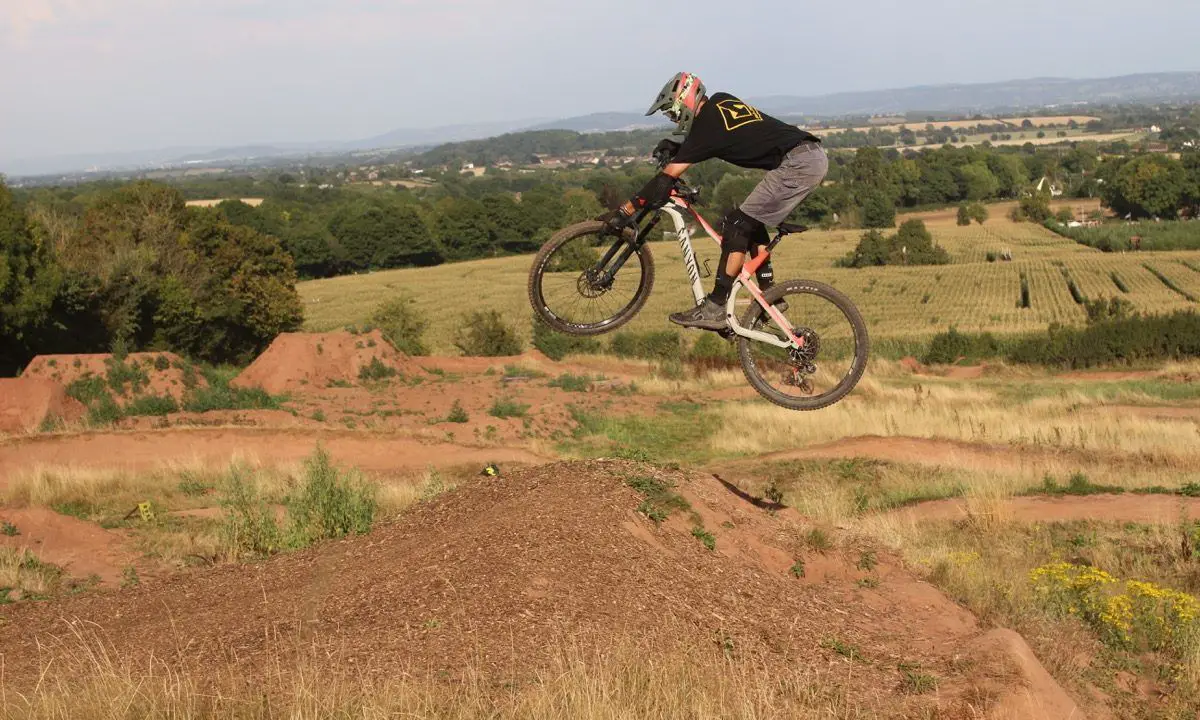
The Shapeshifter worked well when it did and had a couple of problems, meaning sometimes, it didn’t. The mini pneumatic piston lost its air charge at one point, the release lever pin came out and the plastic dust cover came off more than once. While none of these annoyances made the bike unrideable, they all added up to the most hassles per component on the bike. Fundamentally, the two paddle “Click” (trail) and “Clack” (enduro) (funny for a second, but not really helpful labelling) is an on-off switch…which makes you wonder why it isn’t a single control, rather than the added weight and propensity to fail from dual levers. Furthermore, that teenie tiny pneumatic piston is surely a minimalist proposition with only a few CCs of lube making one wonder about durability. That said, I’m not overly concerned about that robustness as the Shapeshifter piston is at nearly right angles to the shock force and is generally only actuated a few times for a shock’s or fork’s few hundred. However, the lever and dust cover could both use hardening, raising them to an integrated, burly standard while improving the very minimalist/poorly angled indicator window on the cover. The Shapeshifter issues are likely the result of hard use (it had been demoed before coming to me), in any case did not keep me from riding the bike and the support from Canyon was immediate and thorough. Revise to a single lever, enhance the dust cover and maybe just bump up the lube in the (Fox says the valve cap) piston and Shapeshifter would be totally dialled in this reviewer’s experience.
The Ride
The 34.5lb bike (with DMR Vault pedals) felt appropriate, if not a bit light compared to my personal (alloy) bikes, and was ridden hard for over six weeks in half a dozen bike parks, on numerous trails of every surface and terrain type and performed in an overall excellent fashion.
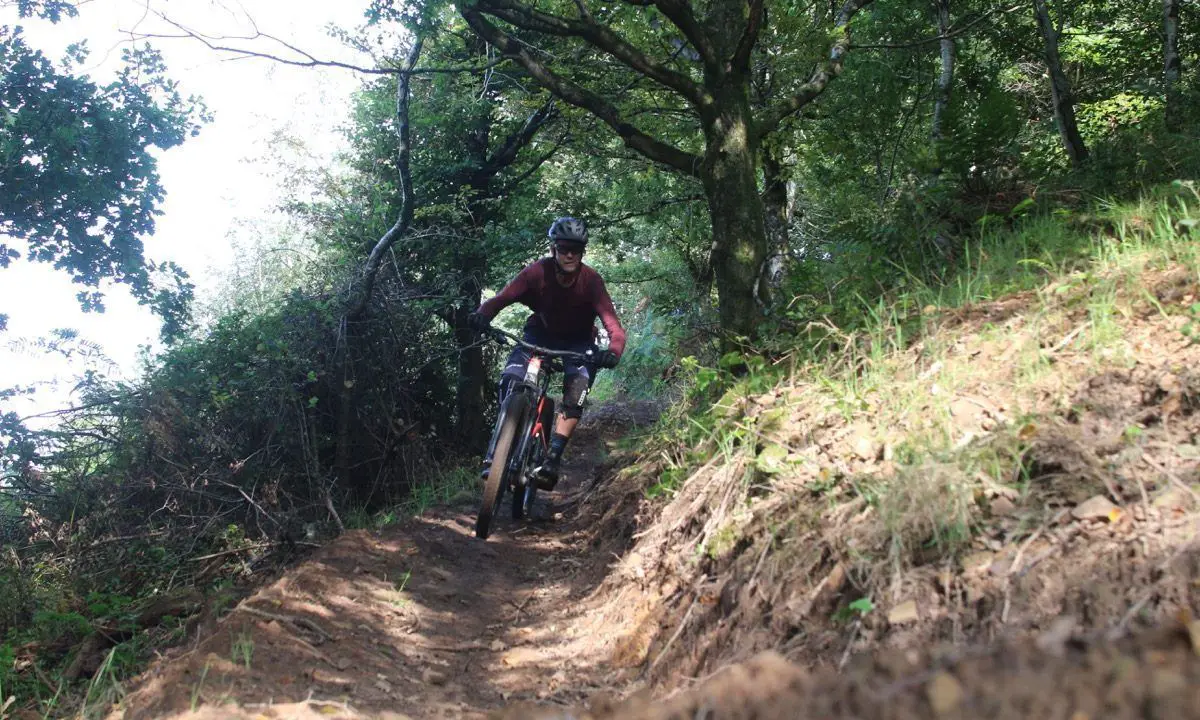
The ride was both sublime and surprising. The enduro mode offered the expected stability and control, with a dash of playfulness. As an always new school big galoot (190cm tall), I am used to riding bikes with high riser bars (40mm), considerably longer reaches (510-530mm) and stems (50-70mm), but the moderate height 130mm headtube low-rise bar, 40mm stem with 30mm spacers and 500 mm reach gave me a position that was low, but did not feel too far over the front – just quicker and more on point… dare I say a little XCish. Though the geometry gave a ride that felt lively and dialled, with the 1.5° trail/enduro setting offset significant and reasonable, the bike would certainly realise its full enduro and climb potential if the seat tube were 3° steeper and the head tube 1.5° more shallow and 30mm taller.
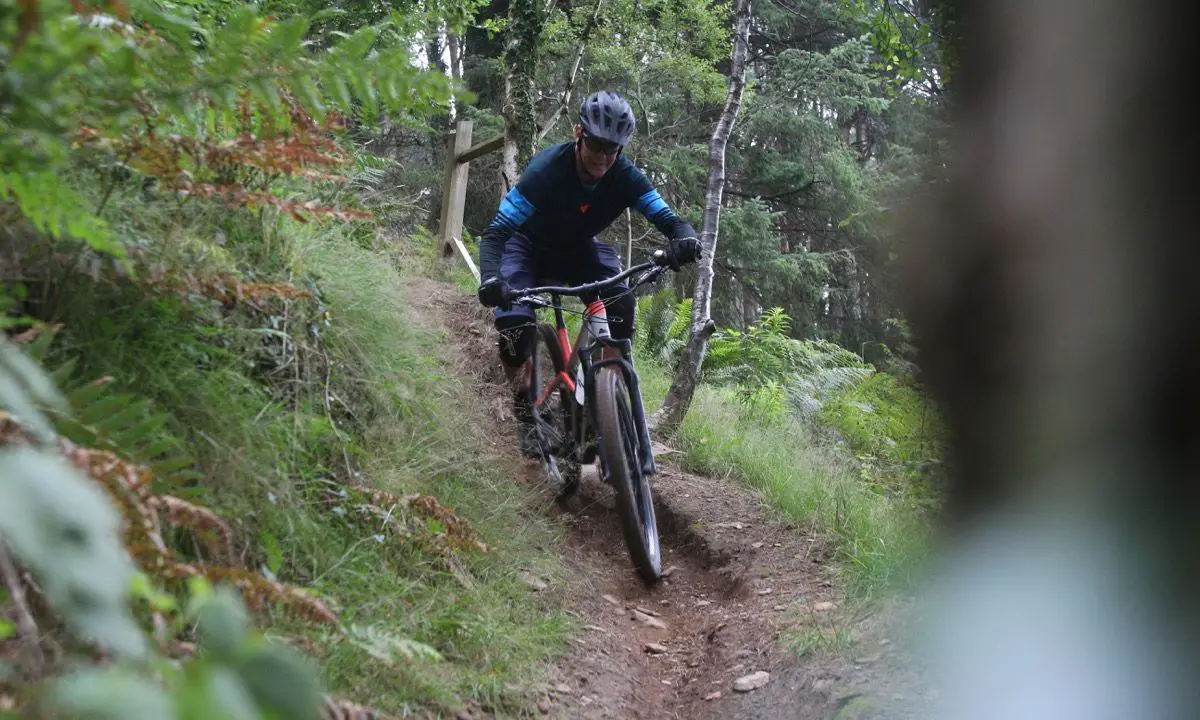
Engaging the short travel ‘trail’ mode on the bike in rolling terrain or to climb is surprisingly near perfect. The stiff frame transfers every bit of power, and the added BB height and short cranks make the pedal-strike-to-the-sides-of-rutted-trails hazard nearly non-existent. Similarly, the short rear end combines with the trail mode’s steeper head tube and moderately steep seat tube angles to make it a climbing machine with great traction and handling. In the trail setting the geometry is also a little more appropriate to task than the somewhat XC-racy position the enduro setting offers.
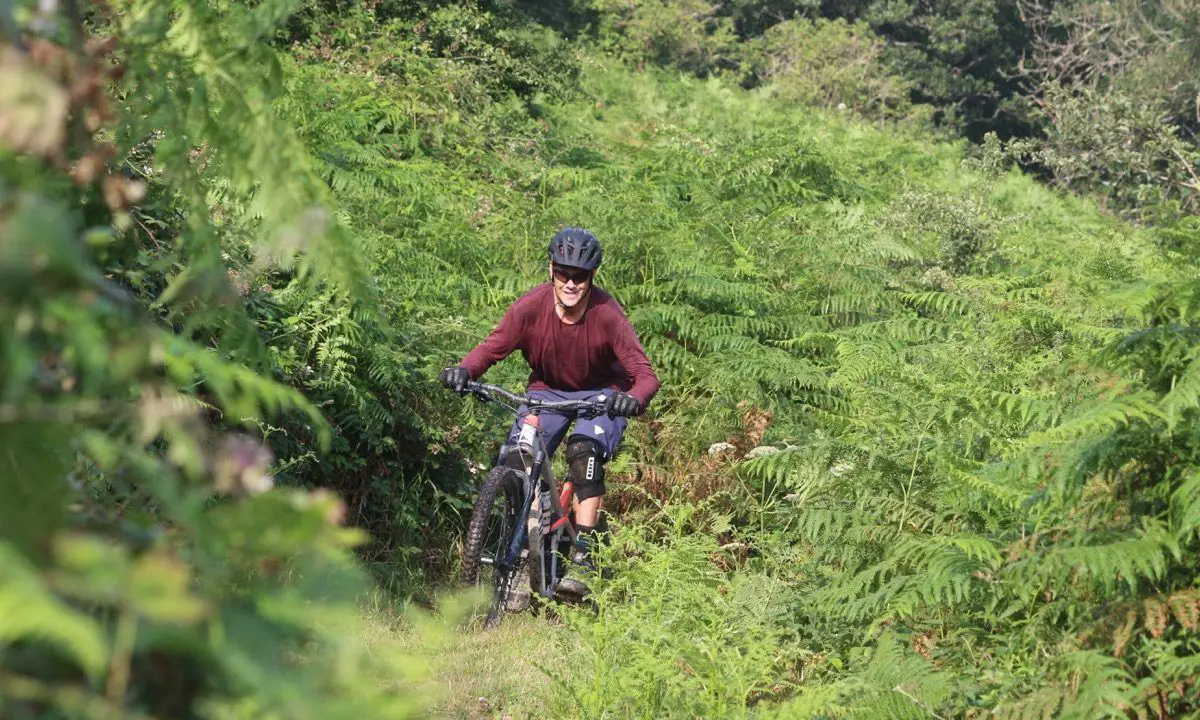
In long travel mode, the short chainstays, headtube and moderate 150mm travel made it quick handling and well suited for the style of daily riding most us do: a nearby pedal up with a ripping semi-tech singletrack down. It excelled at hair pins, was surprisingly good on drops and adequate on steep roots and rubble where both the sturdiness (+) and quickness (-) were obvious. The moderate travel, steep head tube angle and short chainstays work against it when faced with bike park speeds, steepness and rough terrain. Put another way, even though you would still have fun, the Canyon Strive is no sled and would not be the bike you’d want to choose for riding the chairs at Deer Valley or Fort Bill (author’s note: Jack Moir may argue against this, but he does use many headset spacers and 180mm forks).
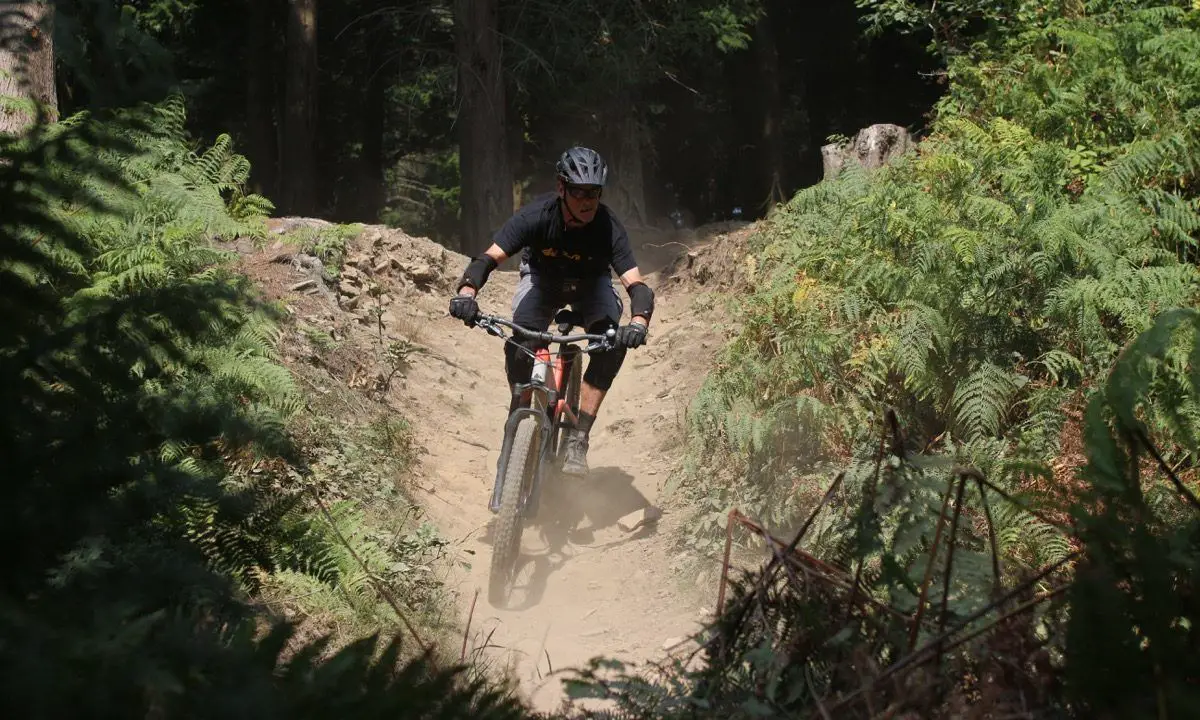
If I was keeping it, I would add a higher rise bar and longer stem (40mm on an XL?), which would aid in the steeps and contribute to the bike’s otherwise full-enduro build. The wheels, despite some straight-pull-is-flexy skepticism, proved durable and stiff, as did the frame with nary a bearing creak and only a couple of headset tightenings. The were some casualties during the test: the chainstay guard (unknown cause), grip end (rider error) and paint (combo) which was quiet difficult to keep clean despite the boldness of its Team Infrared rave lighting-ready colour and Tron shaping. Also comes in a fully murdered black!
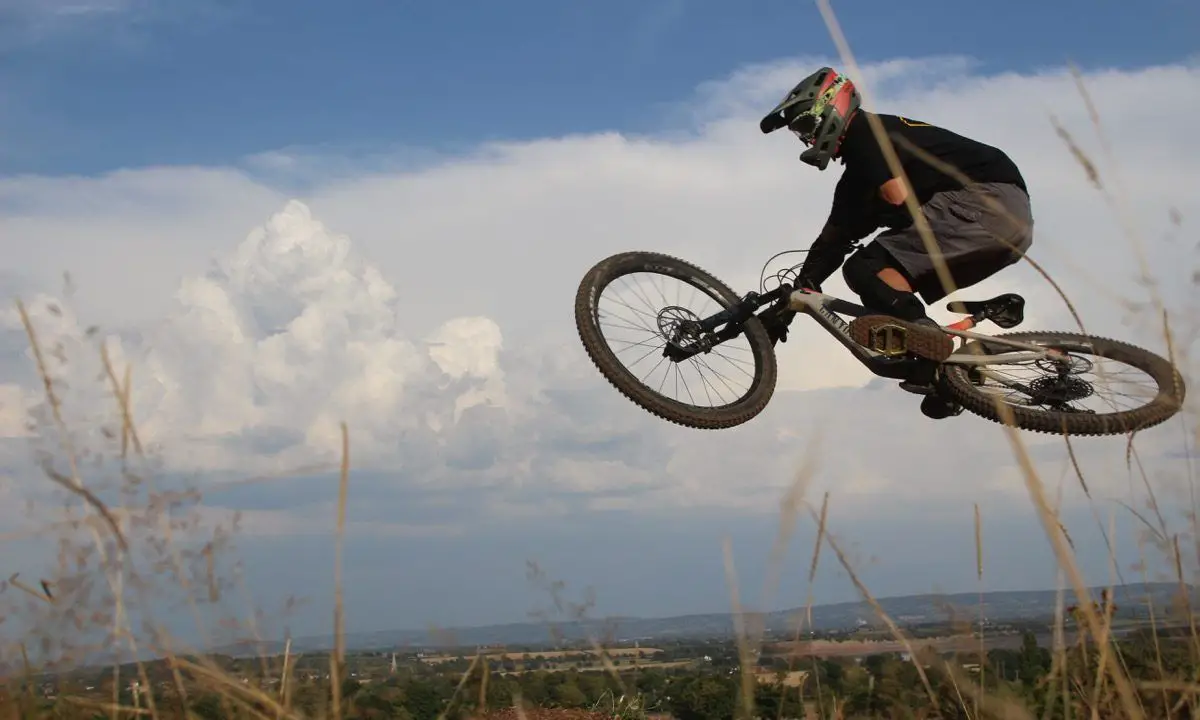
Three things I’d change
- Simplify and toughen up the Shapeshifter
- Longer dropper post on larger sizes
- Better brakes
Three things I liked
- Shapeshifter truly and effectively changes the bike’s character
- Solid feeling and trouble free construction of the frame
- It’s a bargain!
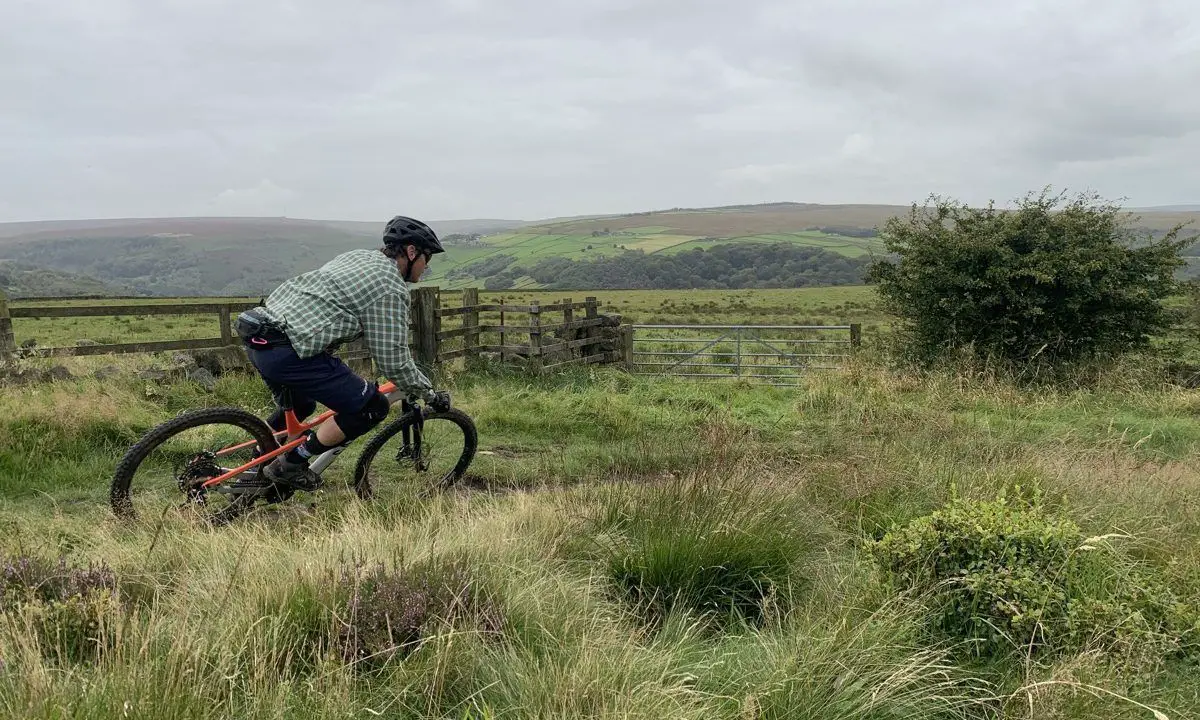
Overall
Buying this bike, riding it for a bit, then replacing the saddle, grips, Guide Rs (my least favourite 4 piston brakes) and maybe tyres would make this bike kick ass and still under £3500. Alternatively, upgrade from the start with the Strive 8.0 (you get another colour option, too) and get better brakes, seatpost, rear suspension and a real wide range (10-51) cassette thanks to Fox and Shimano. For the earn your turns crowd, despite its proprietary tech glitches and some budget component offerings, the Canyon Strive 7.0 excelled as wallet friendly climb-efficient full enduro bike.
If I had to have only one MTB (It’s 2020, I can now imagine the worst) the Canyon Strive would certainly be a candidate for me and should be for anyone who doesn’t live next to an uplift or shuttle service.
Review Info
| Brand: | Canyon |
| Product: | Strive CF 7.0 |
| From: | Canyon.com |
| Price: | £2,799 |
| Tested: | by Fahzure Freeride for 6 weeks |
Comments (2)
Leave Reply
Post Comment
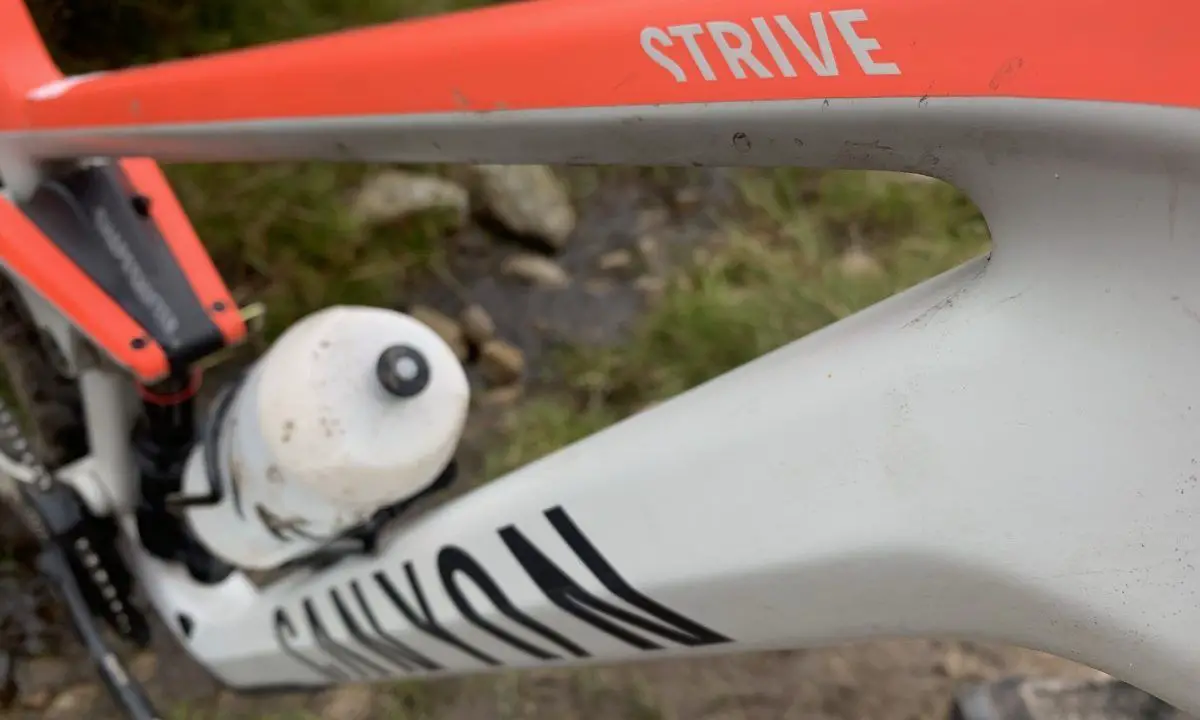
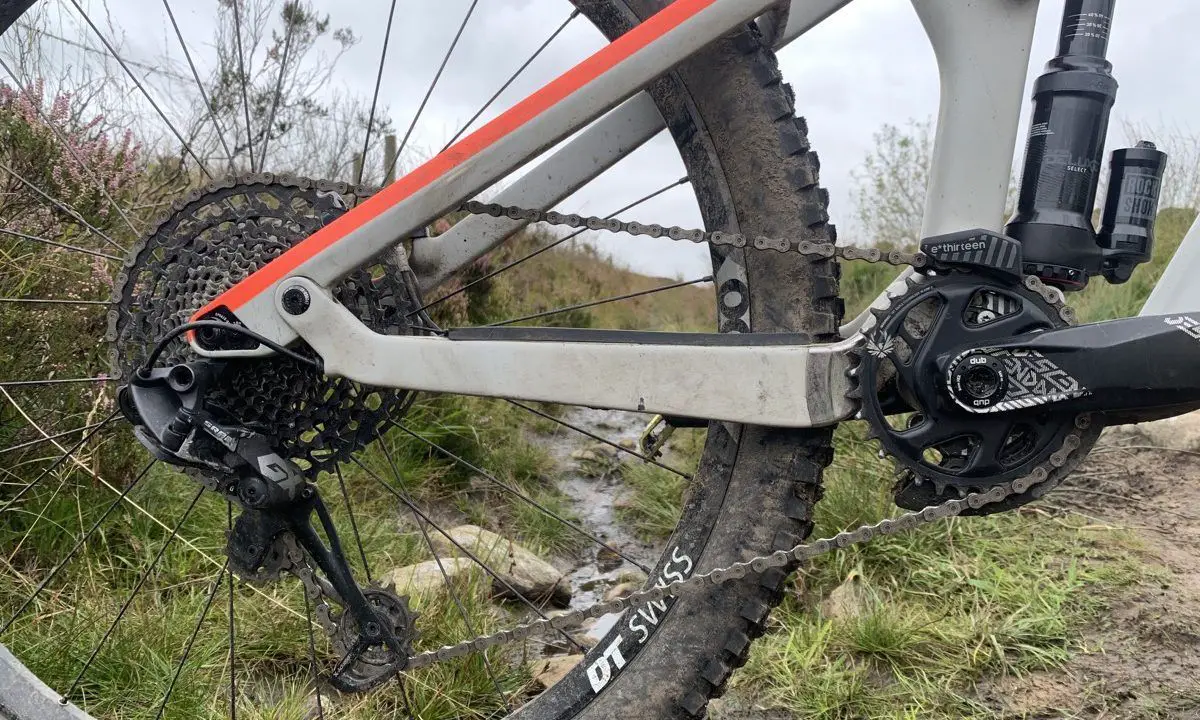
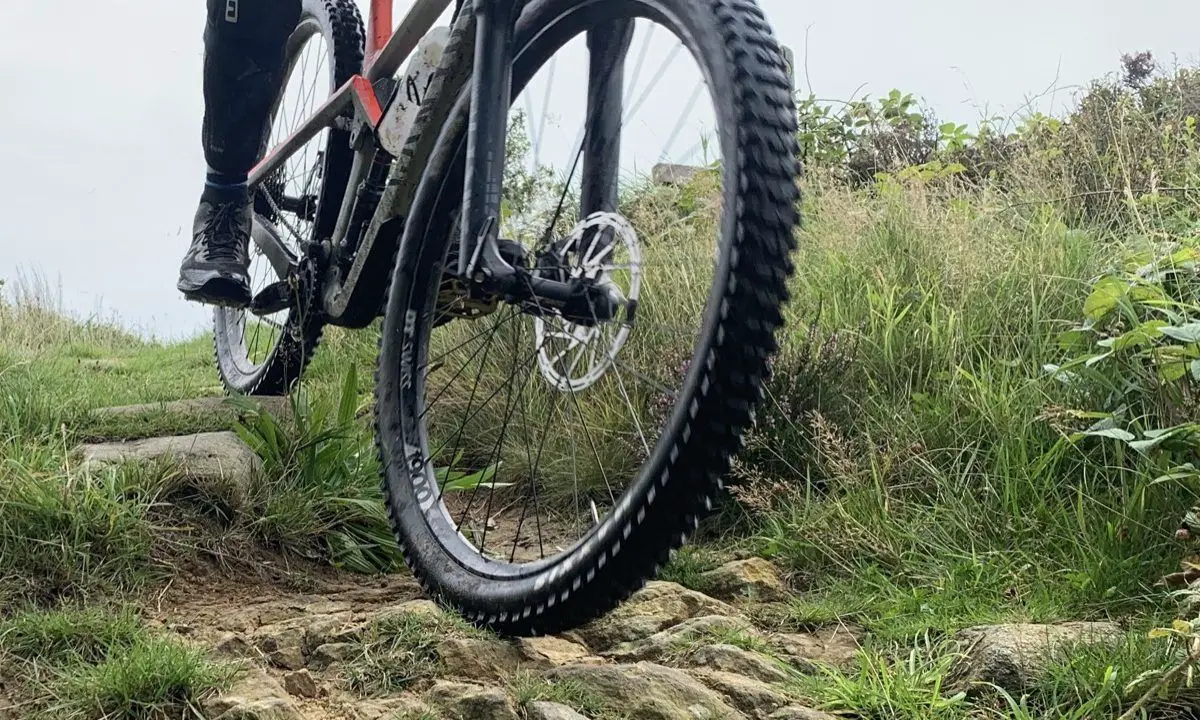
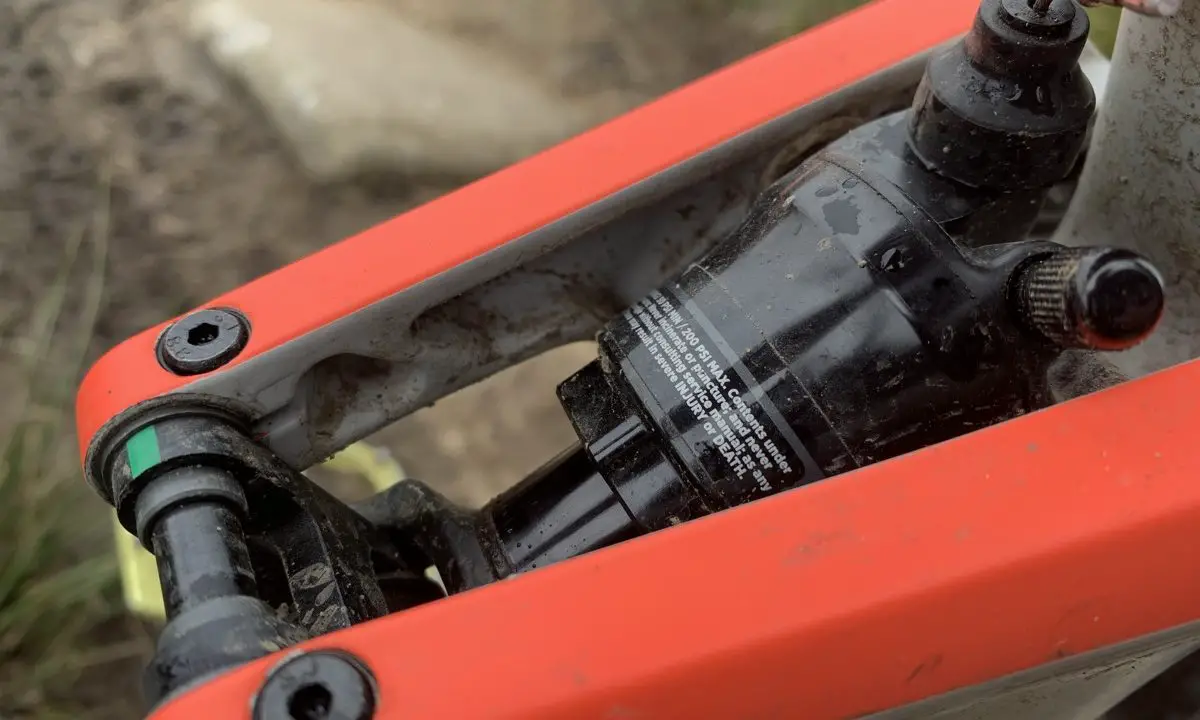
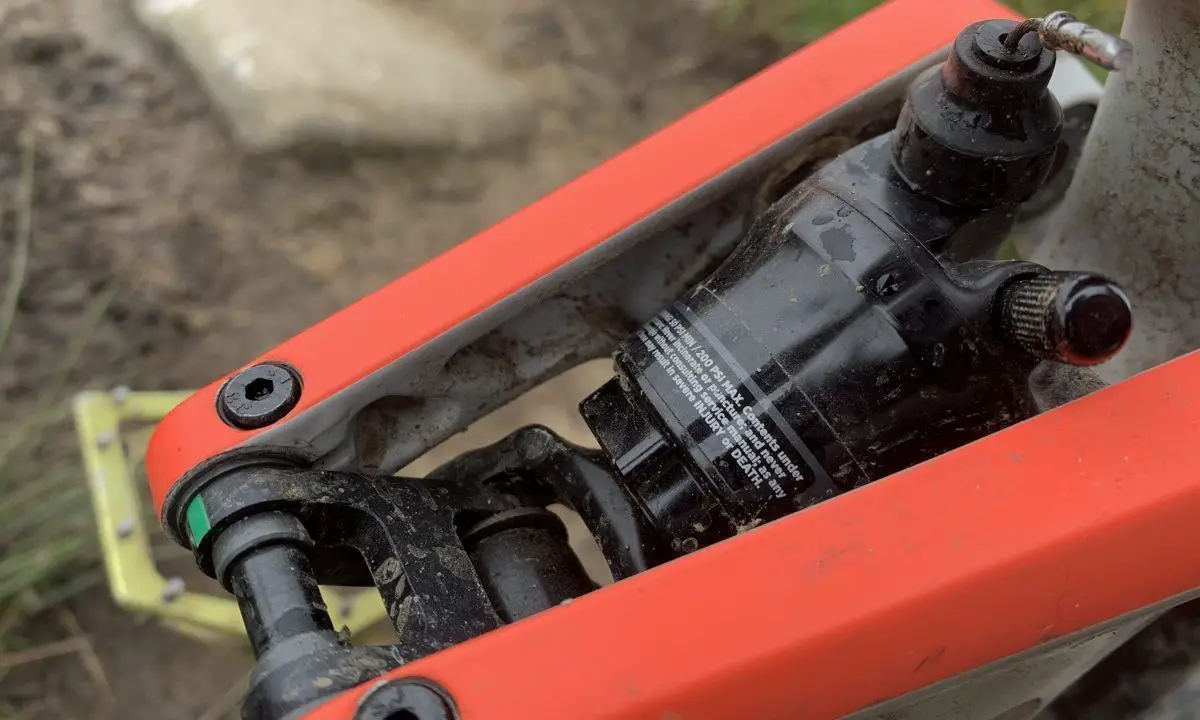




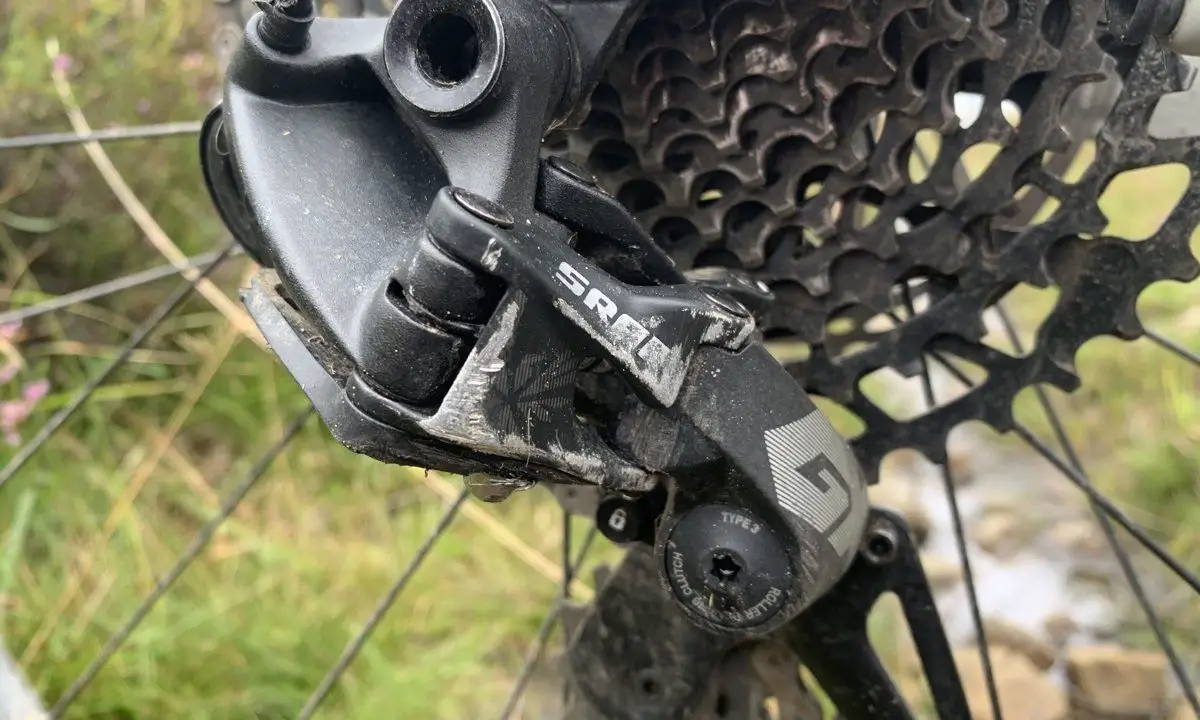
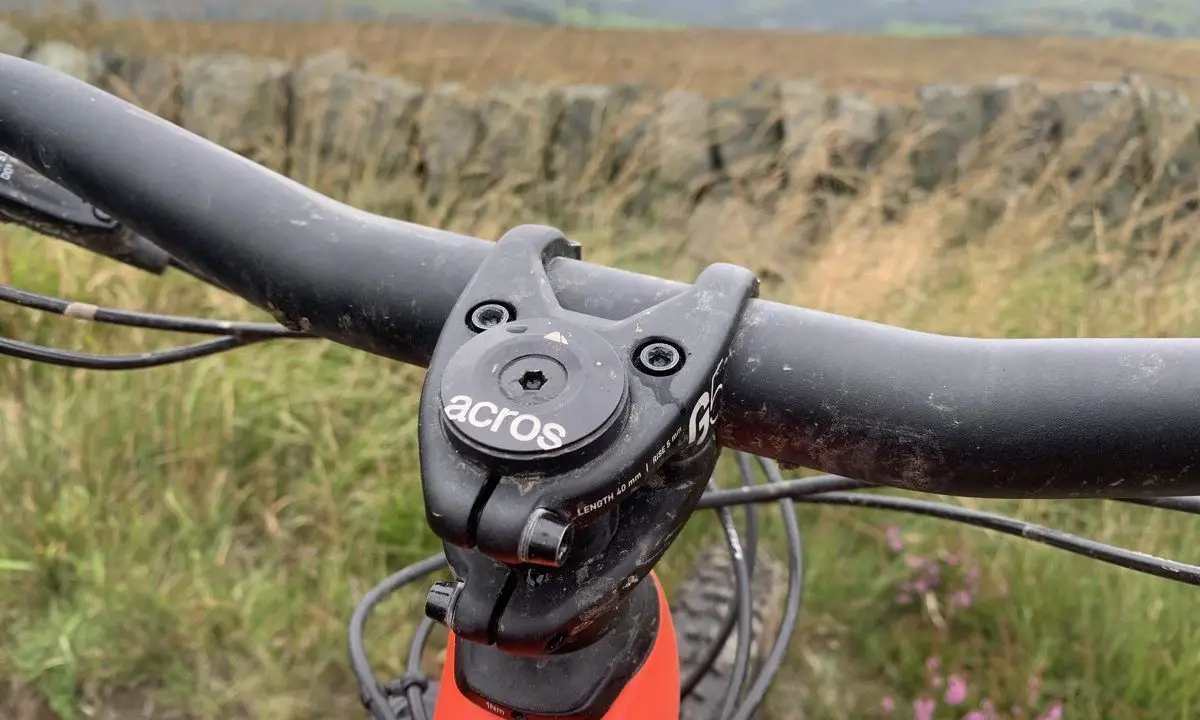
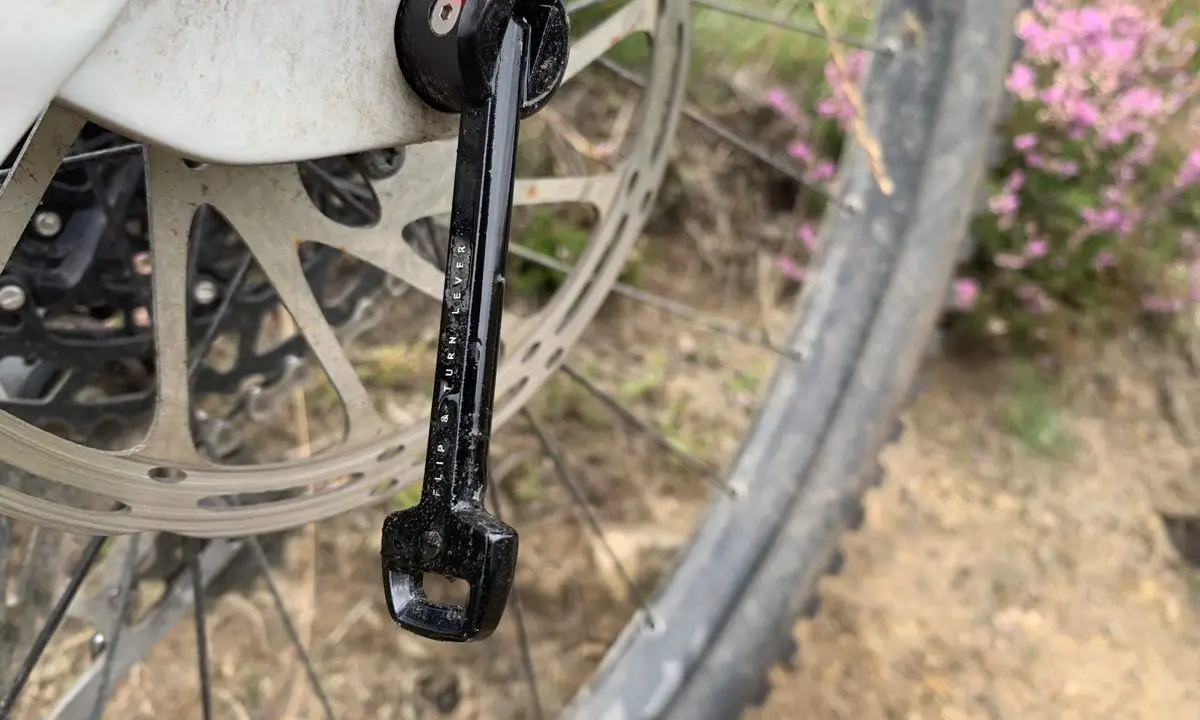
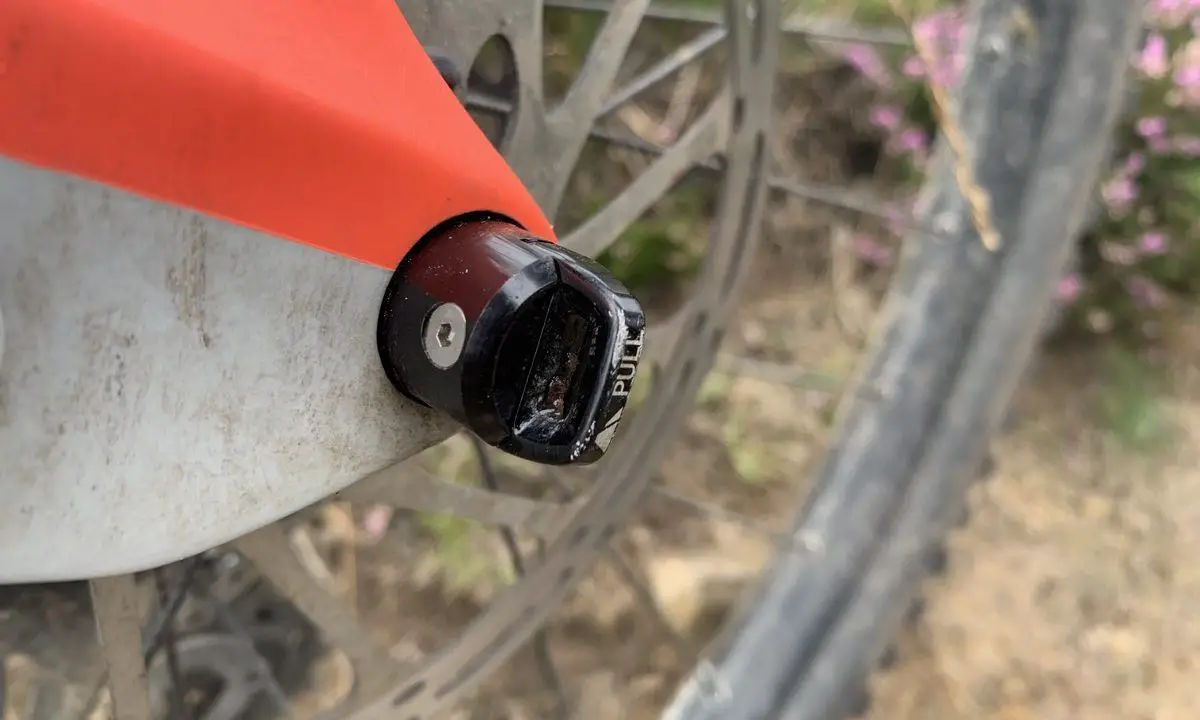
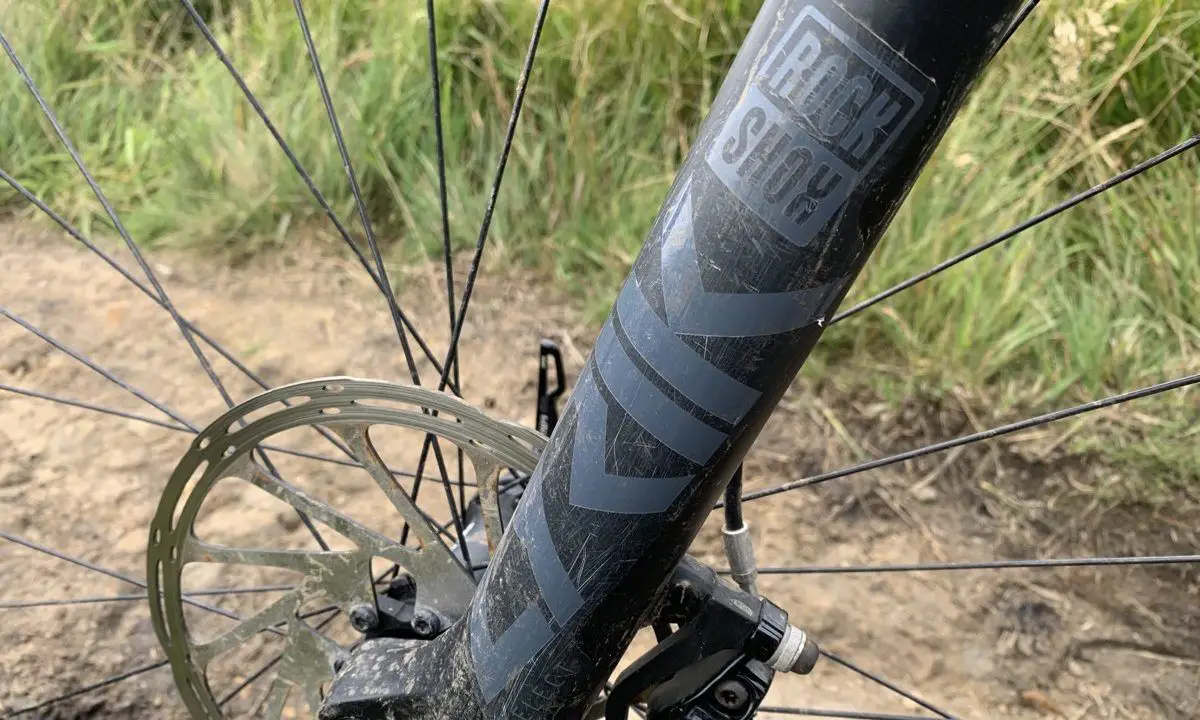
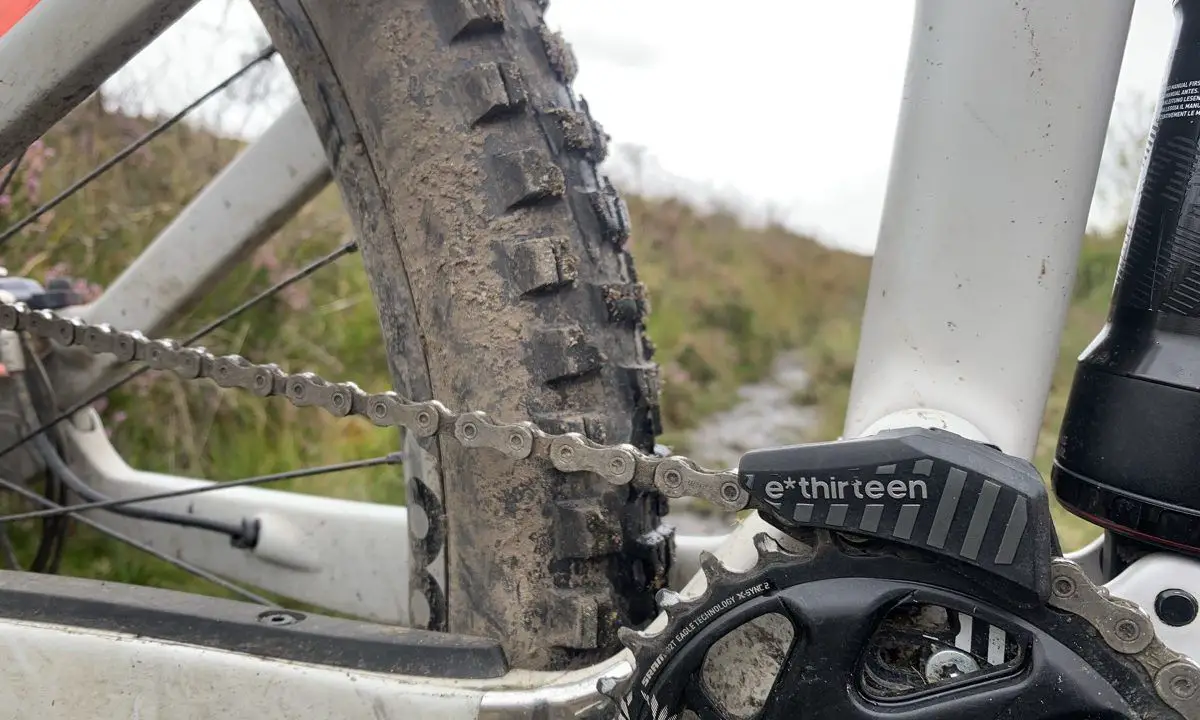

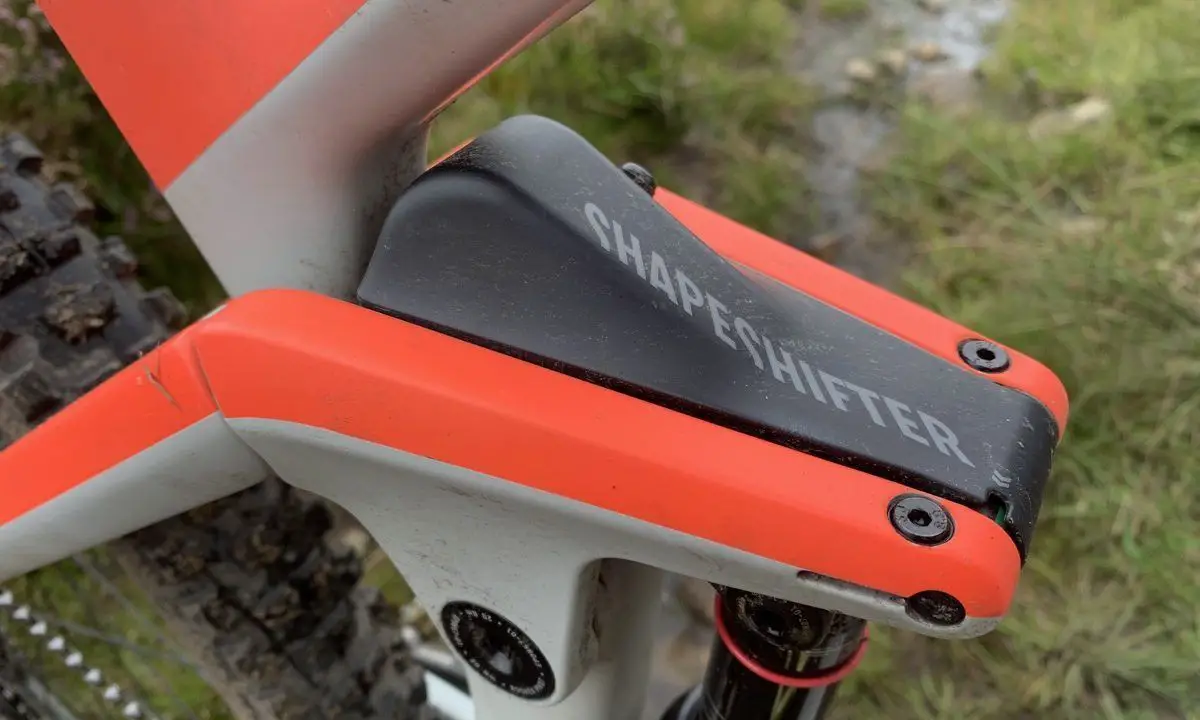
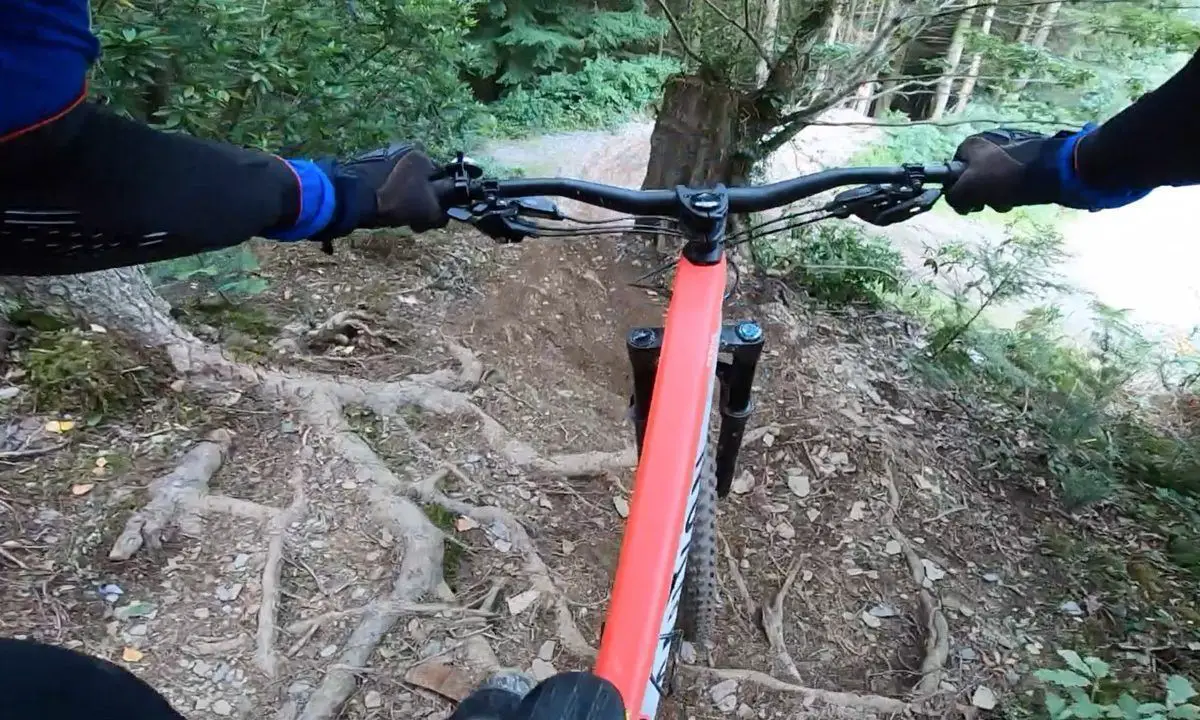

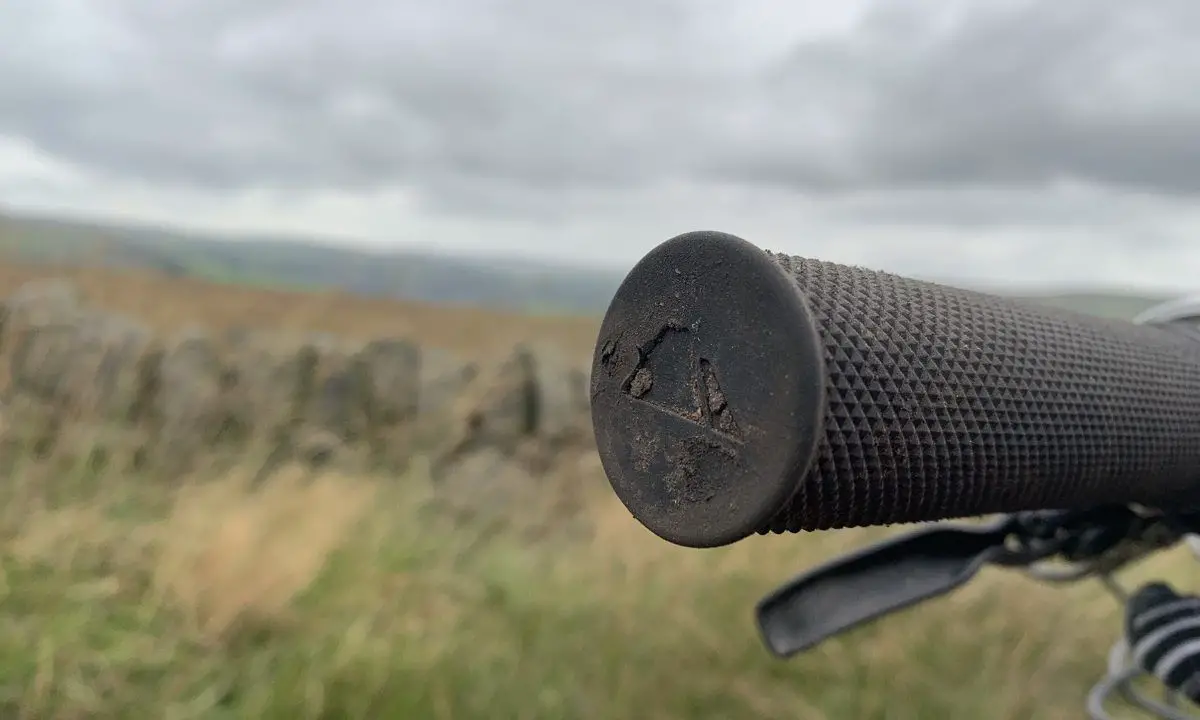
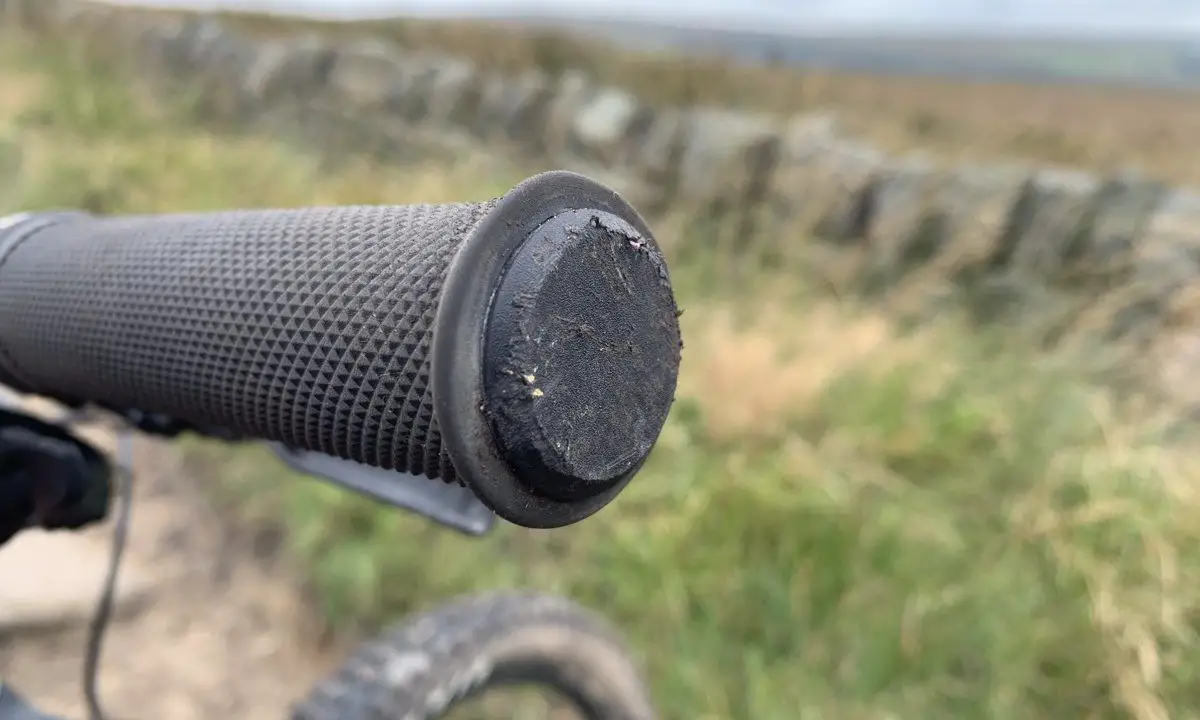
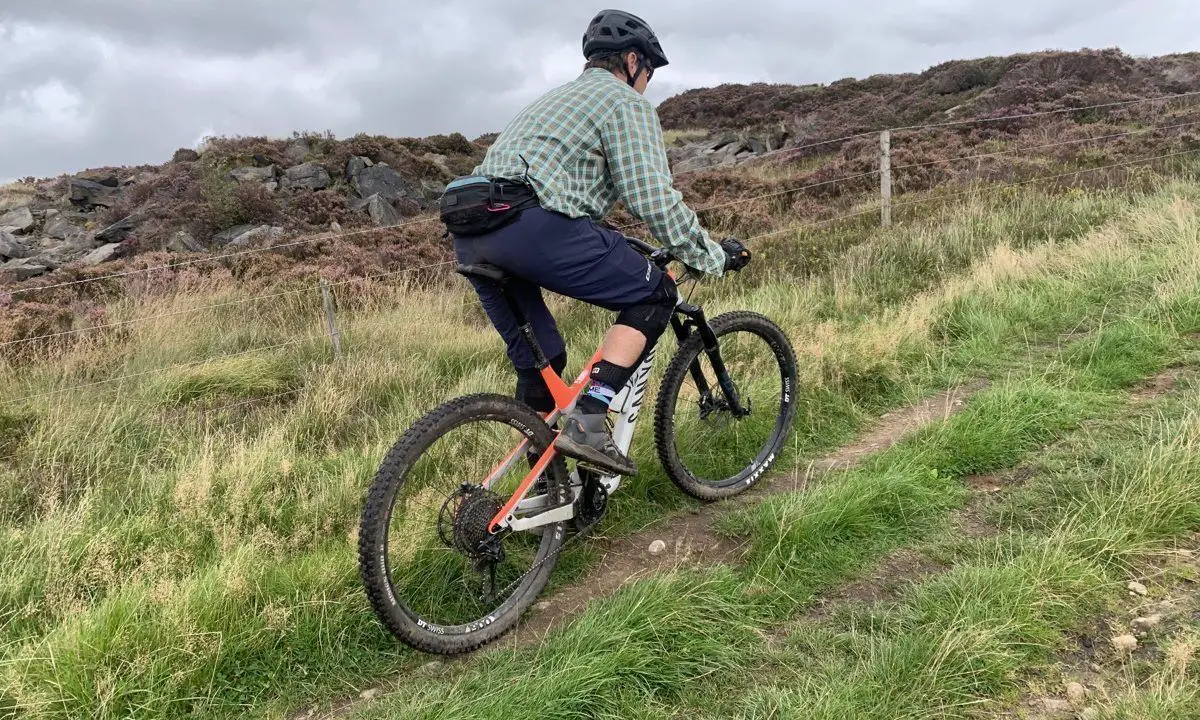
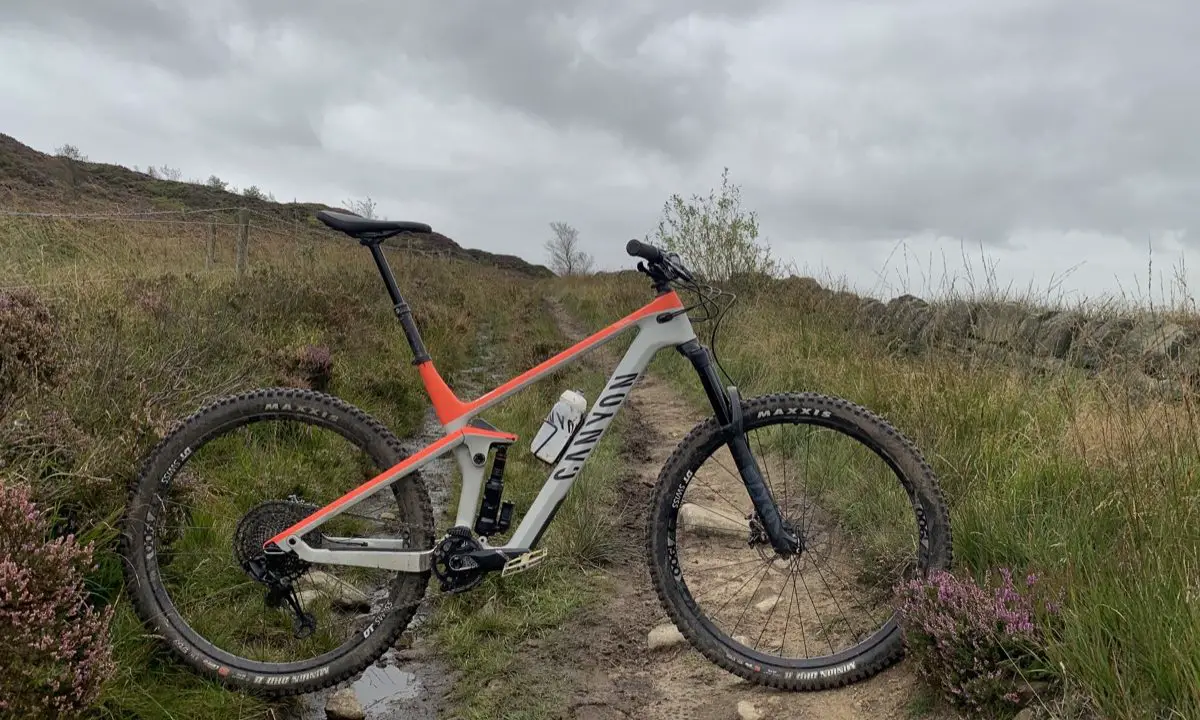
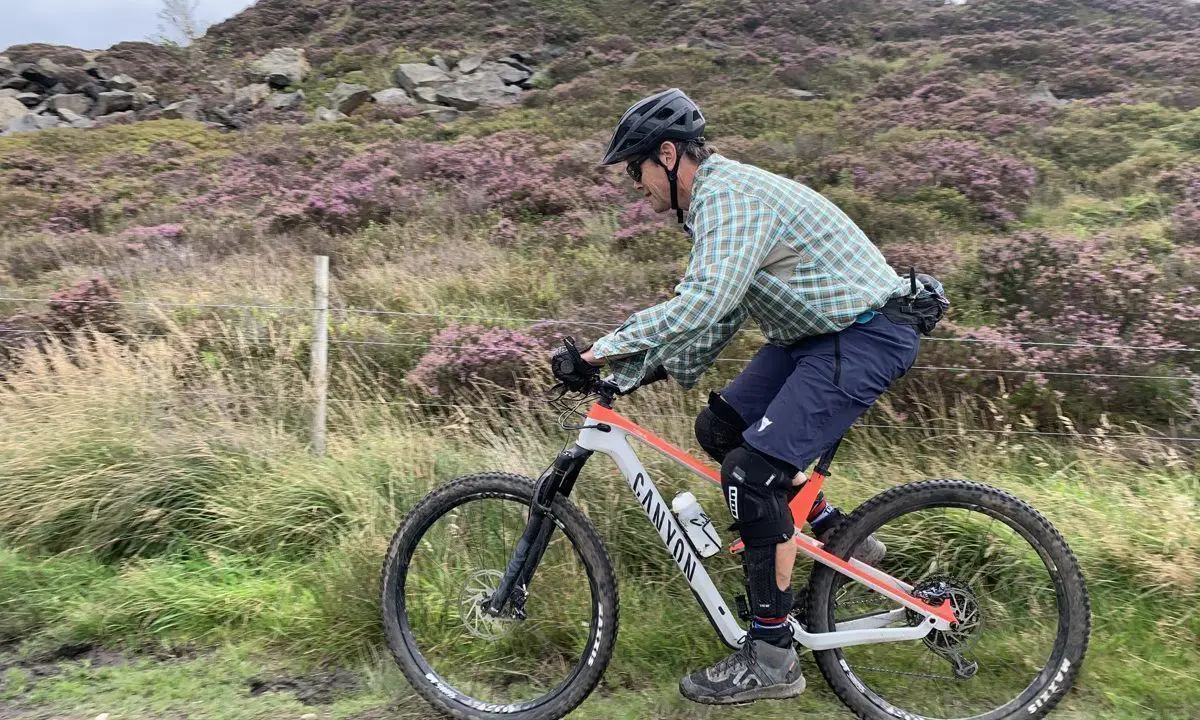
One of my riding mate’s owns a Strive and has had multiple issues with the shapeshifter. Unfortunately canyon customer service is terrible and he has given up with trying to get it fixed after multiple failure’s.
The short CS and slack STA look like a bad combo – particularly for tall riders.